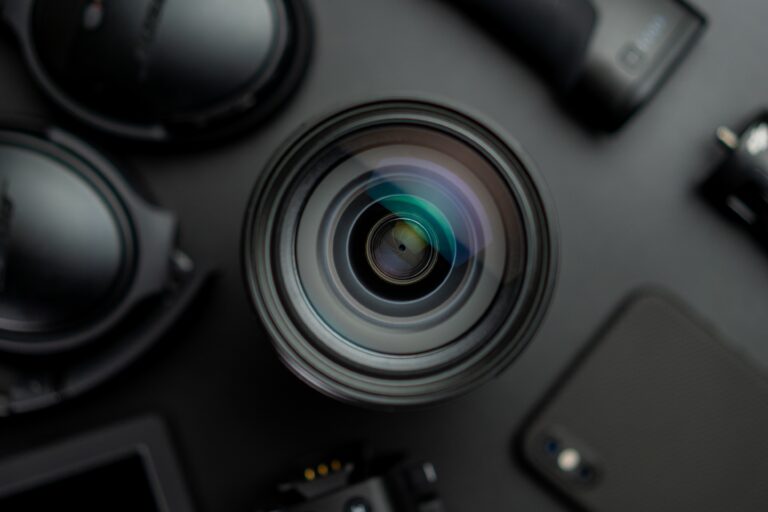Through the Lens: The Untold Reality of Fashion Show Photography & Videography

Through the Lens: The Untold Reality of Fashion Show Photography & Videography
fashion show photography Abu Dhabi, runway videography UAE, photographer model coordination, backstage photography, SAM Studio photography, fashion production workflow, content delivery UAE
Read Time: 10–12 minutes
Category: Photography / Fashion Show Production
Read Time: 10–12 minutes
Category: Photography / Fashion Show Production
🌟 INTRODUCTION:
Behind every viral runway clip or iconic backstage moment is a creative warrior holding a camera while fighting chaos, bad lighting, tight spaces, non-stop movement, screaming coordinators, and impossible deadlines.
At shows like T10 Fashion Show by Nemara International Group, SAM Studio photographers and videographers handle the real battlefield of fashion content creation.
Let’s step into their world.
At shows like T10 Fashion Show by Nemara International Group, SAM Studio photographers and videographers handle the real battlefield of fashion content creation.
Let’s step into their world.
1. Photographing Models on the Runway
Runway photography is high-speed precision:
The model walks once
The moment never repeats
No retake, no second chance
Photographers must:
Predict movement
Understand garment flow
Capture eyes, posture, and emotion
Shoot through distractions
Handle unpredictable lighting
A single missed beat = lost shot.
The model walks once
The moment never repeats
No retake, no second chance
Photographers must:
Predict movement
Understand garment flow
Capture eyes, posture, and emotion
Shoot through distractions
Handle unpredictable lighting
A single missed beat = lost shot.
2. Lighting Challenges
Fashion shows rarely offer perfect lighting.
Challenges include:
Harsh spotlights
Uneven stage brightness
Mixed color temperatures
Red or blue LED floods
Fast-moving subjects
Professional quick decisions:
Switch shutter speed on the fly
Adjust ISO instantly
Burst shooting
Auto-white-balance lock
Shooting RAW to protect details
Challenges include:
Harsh spotlights
Uneven stage brightness
Mixed color temperatures
Red or blue LED floods
Fast-moving subjects
Professional quick decisions:
Switch shutter speed on the fly
Adjust ISO instantly
Burst shooting
Auto-white-balance lock
Shooting RAW to protect details
3. The Dance Between Photographer & Model
A great runway shot is a cooperation:
Model maintains eye-line
Photographer predicts pose
Both sync with rhythm
SAM Studio trains models to:
Freeze micro-poses
Hold neck elongation
Control blinking
Give shoulders and jawline
This makes the photographer’s job exponentially easier.
Model maintains eye-line
Photographer predicts pose
Both sync with rhythm
SAM Studio trains models to:
Freeze micro-poses
Hold neck elongation
Control blinking
Give shoulders and jawline
This makes the photographer’s job exponentially easier.
4. Videographer’s Position
Videographers aren’t just recording — they are creating cinematic storytelling in real-time.
Their responsibilities:
Track model movement smoothly
Keep framing dynamic
Capture wide + close angles
Record backstage interactions
Produce highlight reels
Sync footage with music
Their responsibilities:
Track model movement smoothly
Keep framing dynamic
Capture wide + close angles
Record backstage interactions
Produce highlight reels
Sync footage with music
5. Common Mistakes
Mistakes that ruin runway content:
Shooting too close
Poor timing
Shaky footage
Wrong color balance
Missing key looks
Cutting models out of frame
Overexposed faces
Bad lens choice
Professional setups avoid all this:
70–200mm for runway
24–70mm for backstage
Gimbal for cinematic shots
Dual camera setup
Shooting too close
Poor timing
Shaky footage
Wrong color balance
Missing key looks
Cutting models out of frame
Overexposed faces
Bad lens choice
Professional setups avoid all this:
70–200mm for runway
24–70mm for backstage
Gimbal for cinematic shots
Dual camera setup
6. The Pressure of Same-Day Delivery
Fashion shows want:
Same-day reels
Next-morning galleries
Instant backstage photos
Short-form social videos
Dropbox/WeTransfer packages
This requires:
Fast editing workflow
Presets
Color-grading templates
High-speed export
Zero room for error
Fashion photography is 50% shooting, 50% survival.
Same-day reels
Next-morning galleries
Instant backstage photos
Short-form social videos
Dropbox/WeTransfer packages
This requires:
Fast editing workflow
Presets
Color-grading templates
High-speed export
Zero room for error
Fashion photography is 50% shooting, 50% survival.
7. Credits, Tagging & Social Media Reality
A photographer’s biggest heartbreak:
Amazing work posted without credit
Talent reposting without tagging
Brands using content commercially without permission
Low-quality screenshots replacing the original work
But the reward?
When the designer, model or media outlet posts your shot with proper credit — your work lives forever.
Amazing work posted without credit
Talent reposting without tagging
Brands using content commercially without permission
Low-quality screenshots replacing the original work
But the reward?
When the designer, model or media outlet posts your shot with proper credit — your work lives forever.
Other Blogs
Tech gear we use at SAM Studio
Behind the scenes: fashion shoot at SAM Studio
How to pitch yourself as a model to brands
Behind the scenes: fashion shoot at SAM Studio
How to pitch yourself as a model to brands
2 likes
1 Comment
